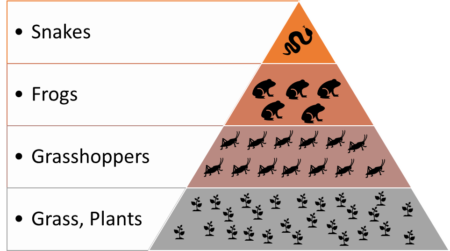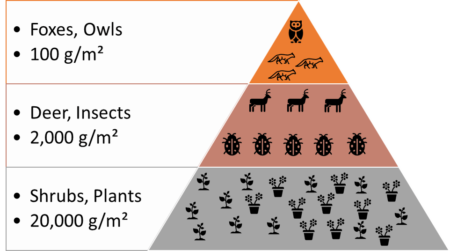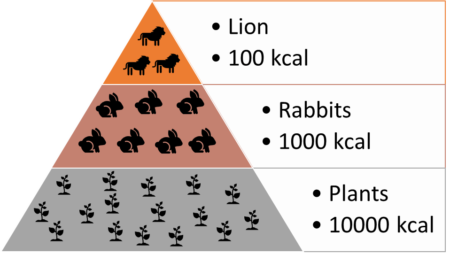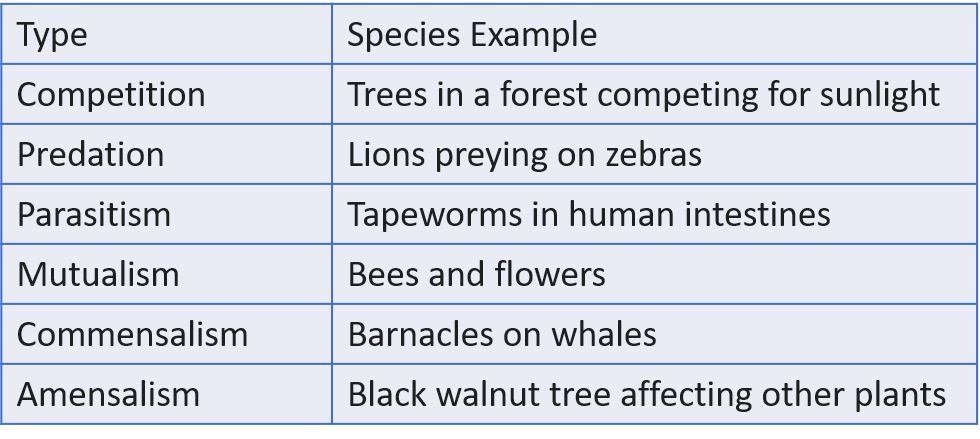Biome & Types of Biome for UPSC
Biome & Types of Biome for UPSC
Biome
A biome is a large community of plants and animals that occupies a distinct region defined by its climate, vegetation, and wildlife. Biomes are the world’s major habitats and are classified into various types based on factors such as temperature, precipitation, and altitude. The concept of biomes helps in understanding the distribution of life on Earth and the ecological processes that occur within each habitat.
Let’s delve into the different types of biomes, focusing on their regions, and the typical flora (plants) and fauna (animals) found in each.
1. Tropical Rainforest Biome
- Region: Found near the equator in South America (Amazon Basin), Central Africa (Congo Basin), Southeast Asia, and parts of Australia.
- Flora: Characterized by dense, multi-layered vegetation, including tall trees (such as mahogany and rubber trees), vines, ferns, and a wide variety of epiphytes (plants growing on other plants).
- Fauna: Home to a vast diversity of life, including jaguars, sloths, various monkeys, toucans, parrots, and countless insect species.
2. Desert Biome
- Region: Located in areas like the Sahara (Africa), Arabian (Middle East), Gobi (Asia), and Mojave (North America).
- Flora: Adapted to extreme dryness; includes cacti, succulents, shrubs, and hardy grasses.
- Fauna: Features animals adapted to arid conditions, such as camels, various lizards, snakes, rodents, and insects.
3. Tundra Biome
- Region: Found in the high Arctic regions, including northern parts of Canada, Russia, and Scandinavia.
- Flora: Dominated by mosses, lichens, low shrubs, and grasses due to the short growing season and permafrost.
- Fauna: Includes species like the Arctic fox, polar bears, caribou, and migratory birds.
4. Boreal Forest (Taiga) Biome
- Region: Stretches across Canada, northern Europe, and Russia.
- Flora: Dominated by coniferous trees such as spruce, fir, and pine. Some areas also have birch and aspen trees.
- Fauna: Home to wolves, bears, moose, lynxes, and various bird species.
5. Temperate Forest Biome
- Region: Found in eastern North America, northeastern Asia, and western and central Europe.
- Flora: Characterized by deciduous trees like oak, maple, and beech, as well as some conifers.
- Fauna: Supports deer, bears, small mammals, and a variety of bird species.
6. Grassland Biome
- Region: Includes the prairies of North America, the pampas of South America, the steppes of Eurasia, and the savannas of Africa and Australia.
- Flora: Dominated by grasses, with trees and large shrubs typically found only near water sources.
- Fauna: Home to many grazing mammals (such as bison, antelope, zebras), predators (like lions and wolves), and numerous bird species.
7. Aquatic Biomes
Freshwater Biomes (Lakes, Rivers, Wetlands):
- Region: Distributed globally.
- Flora: Includes water lilies, algae, reeds, and various aquatic plants.
- Fauna: Supports fish, amphibians, waterfowl, and numerous invertebrates.
Marine Biomes (Oceans, Coral Reefs, Estuaries):
- Region: Cover most of the Earth’s surface.
- Flora: Dominated by algae, seagrasses, and mangroves (in estuaries).
- Fauna: Includes a vast array of life, from microscopic plankton to the largest whales, along with countless fish species, corals, and marine birds.
Each biome’s flora and fauna have adapted to their specific environment, making biomes unique ecosystems with their own ecological balance. Understanding these biomes is crucial for conservation efforts and for appreciating the diversity of life on our planet.
Biome & Types of Biome for UPSC Read More »






